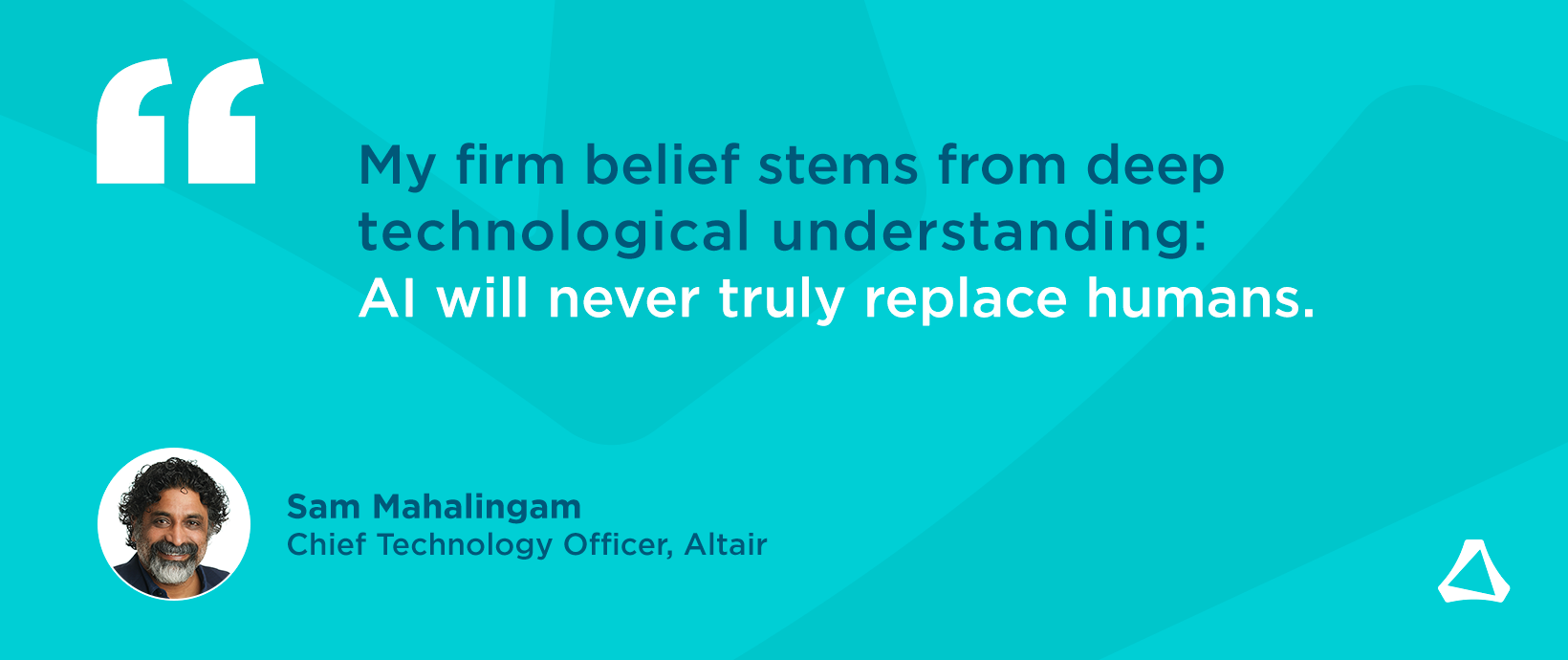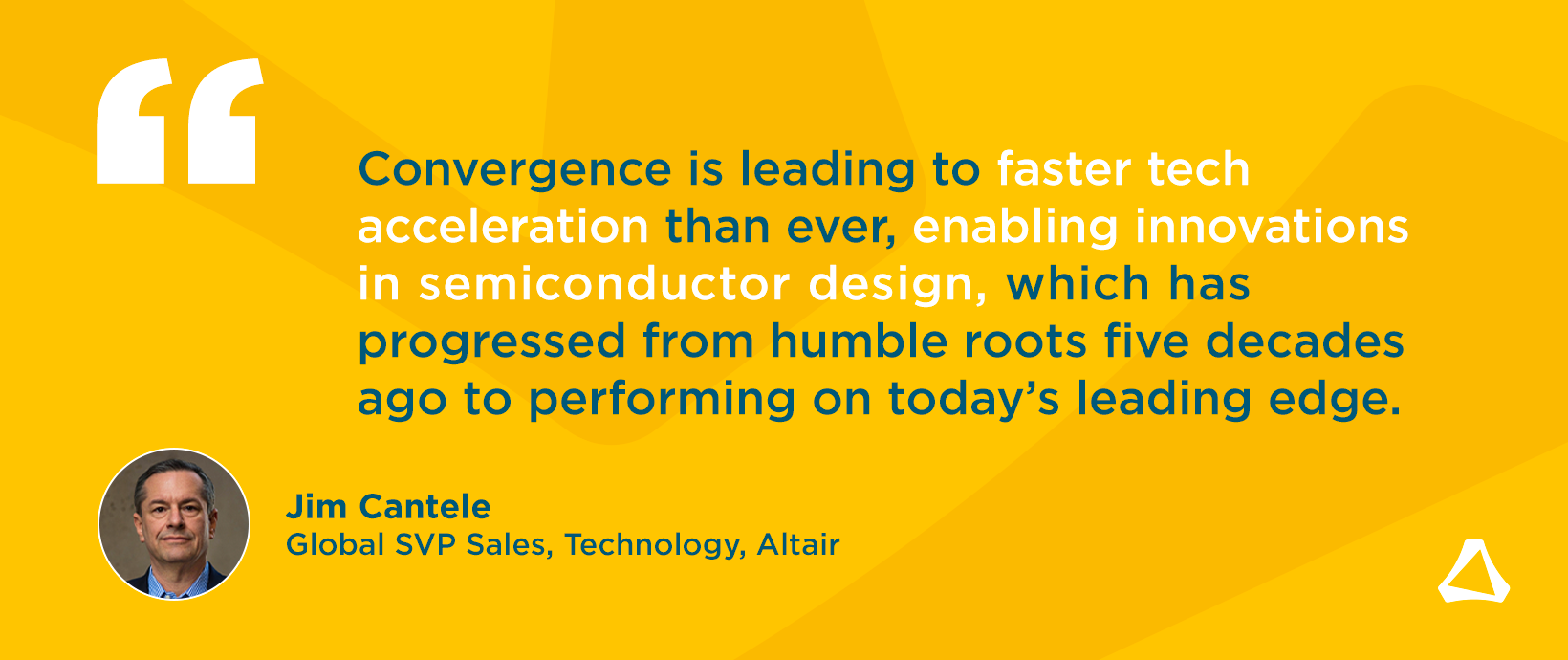A New Mission in Healthcare

There’s nothing quite like knowing you’re on the cusp of something hugely significant. Around 25 years ago, we set out to convince the engineering world that computer-based simulation represented the future. Today, it feels like we’re on a similar mission in the healthcare sector. Back in the 1990s, we had little way of predicting the impact simulation would eventually have on engineering design. This time around, both the immediate and long-term possibilities are much clearer – and incredibly exciting.
Of course, there are already plenty of great examples of simulation and optimization in healthcare product development. But for a global industry worth more than $8 trillion per annum, we’ve hardly scratched the surface. Which begs two obvious questions; What’s taken the sector so long to more fully leverage the benefits? And what are the opportunities now?
Before looking for an answer, consider another question. This time last year, how many of us appreciated how long it takes to create a new vaccine? Now, leaders and citizens the world over are following the efforts of numerous research teams to deliver a vaccine in months rather than years or even decades. Clearly, COVID-19 poses an unprecedented challenge. But it brings into focus the profound changes that are already underway in the healthcare industries.
Traditionally, the creation of new healthcare solutions – be they devices or drugs – has been characterized by lengthy clinical trials on human volunteers. All are strictly defined and regulated by relevant authorities. Given the time taken to negotiate the journey from concept to approval, the incentives to introduce simulation were never as strong as in sectors such as automotive. Here, product lifecycles have been accelerating since the 1980s; as design teams struggle to keep pace, the speed and power of simulation has become nothing short of essential.
Now healthcare is treading the same path. Stakeholders need to reach better outcomes, faster. Human trials represent a massive logistical burden and come with inherent risks and ethical issues. When robust and reliable answers can be identified more safely, quickly, and economically via computer modeling, it makes sense to embrace it. Simulation isn’t going to replace the need for human testing any time soon, but if it can fulfill just one element of the development matrix, the potential savings are dramatic.
Crucially, medical regulators are getting on board, and working on the standards necessary to support a new approach. Emerging consortia such as the Avicenna Alliance are also proving powerful advocates for ‘in silico’ medicine. As a member of the Avicenna Alliance, Altair most recently participated in a pharmaceutical strategy position paper about timely patient access to affordable medicines.
Back in the 1990s, we had a compelling story to tell the engineering sector. Now, the same is true for healthcare. Altair has the broadest suite of physics-based solvers on the market. Industry leadership in structural optimization. An open architecture philosophy that enables seamless integration with other systems and solutions. Moreover, our growing ability to combine simulation with machine learning-driven analytics offers vast potential for an industry eager to extract more value from big data.
As missions go, the search for better health outcomes takes relentless pursuit. Here at Altair, we have solutions that can help make it happen. Let’s get to work.
Click here to learn more about how simulations are improving the development of medical devices at our upcoming Altair Technology Conference.




